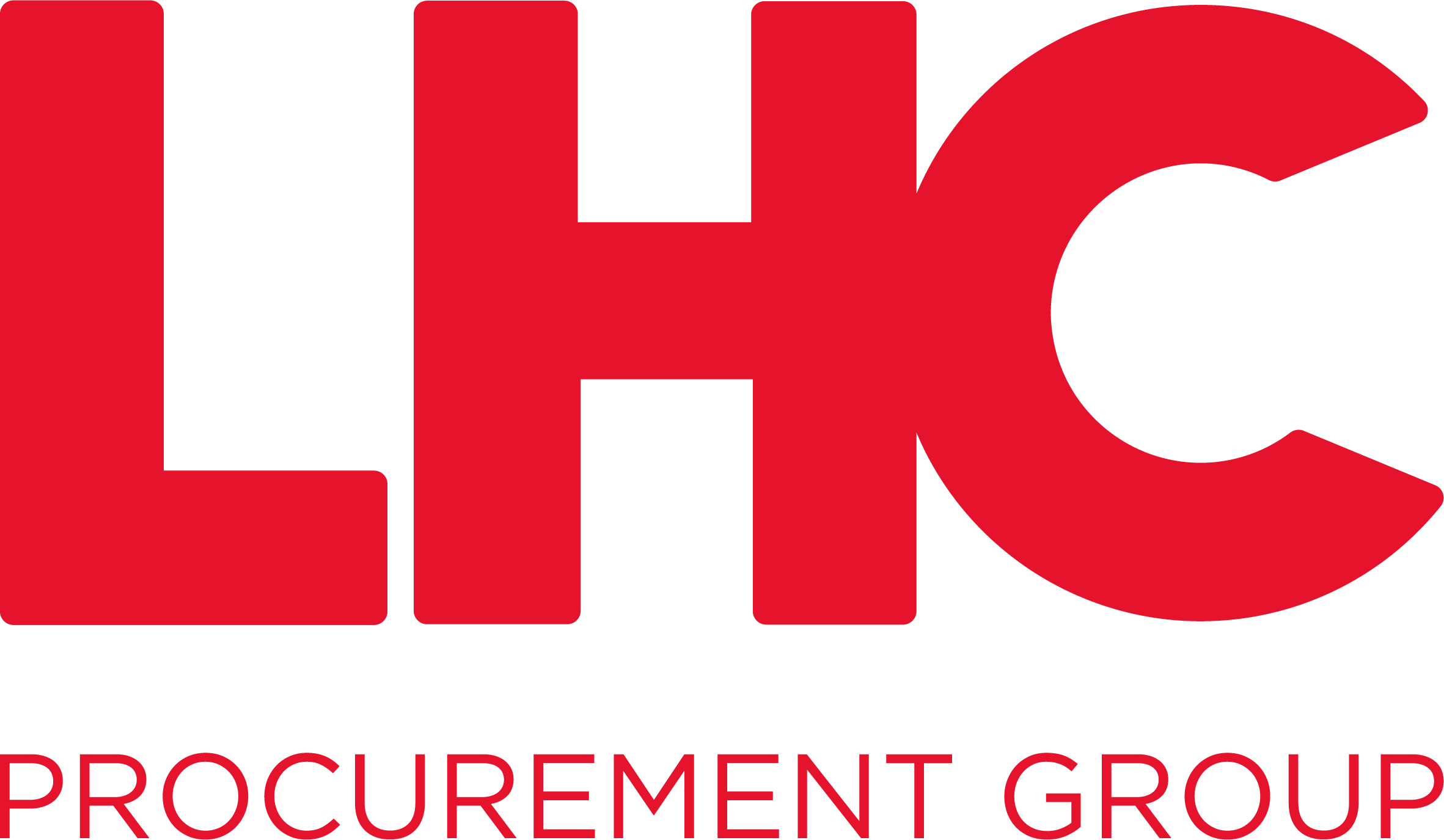Procurement Act - A focus on the new notice regime
With the Procurement Act 2023 coming into effect, we take a look at the details of the reform and aim to both debunk and break down the finer points suggesting what contracting authorities should start to do now to ensure they meet the requirements of the new regime when it comes into force.
The act introduces 13 notice types which we have broken down into four key stages.
- Planning and pre-tender market engagement
- Procurement
- Contract award
- Contract management
Planning and pre-tender market engagement
The new reform brings a heavy emphasis on transparency and early market engagement, which is particularly evident in the various pre-procurement notices under the new regime.
Pipeline Notice - This is a new notice, designed to address the criticism often levied from suppliers that there is not enough advance visibility of public sector opportunities to enable bid teams to plan resources effectively.
Public bodies who intend to procure more than £100 million of works, goods and services in a given financial year, must publish information on planned procurements in the coming financial year where the estimated contract value exceeds £2 million. This notice must be published 56 days prior to the start of the new financial year.
Due to the nature of the £100 million threshold, this notice will not be mandatory to many organisations, however, even for those organisations under the threshold LHC would recommend this as best practice and should be considered by all organisations. The value of early engagement with the market cannot be understated and can often lead to a much more positive response to your opportunity. Supplier bid teams often have more opportunities than resource allows so getting on their radar early may be the difference between getting a good return rate or not.
Whilst some organisations, including LHC, have already adopted this practice by pushing an annual Prior Information Notice (PIN) under the current regulations, the new Pipeline Notice will now provide a dedicated stage for suppliers to look for.
Whilst the notice does not commit to proceeding with the procurements, and strategic plans may alter, LHC recommends all buyers take advantage of the new notice to support market engagement activities further down the line.
Planned Procurement Notice - This is optional and is essentially a rebranded PIN. Similar to the new Pipeline Notice, it’s designed to inform the market that you intend to publish a tender and could be used after the Pipeline Notice or in isolation. The benefit of this notice is to allow contracting authorities to raise awareness of a specific opportunity and signpost to further information, such as expression of interest.
Preliminary Market Engagement – Whilst also optional, this notice must be published when a public body chooses to carry out preliminary market engagement. Under the current regulations, many buyers provide details of early market engagement activities in a PIN but the new regime splits this into two separate notices.
Further testing, as the act is implemented, is likely to raise the question of what constitutes preliminary market engagement. As a staunch advocate for early engagement, LHC believe the preliminary market engagement notice is a positive addition to the process, and should help bid teams focus on reviews of notice boards to discuss opportunities ahead of any tender being released.
Procurement stage
The new act aims to address previous issues surrounding the procurement stage such as the need to publish a transparency notice for a direct award, an area where current regulations are more relaxed. Contracting authorities will need to pay particular heed to ensure they are compliant.
Tender Notice - This is a renaming of the existing Contract Notice which is mandatory to commence an above-threshold competitive procurement and invite tenders.
Transparency Notice - Replaces the current Voluntary Ex Ante Transparency notice (VEAT) if a public body makes a direct award, however with some key differences:
- The notice must be published prior to award and issuing of the notice will be mandatory where a direct award has taken place
- Unlike a VEAT that exists under the current regulations, the publication of a Transparency Notice will not provide the immunity from claims of ‘ineffectiveness’ and the associated remedies
Below-Threshold Tender Notice - This must be published prior to advertising a 'notifiable' below-threshold contract.
Procurement Termination Notice – This notice must be published if an authority has decided not to award the contract after publishing a tender or transparency notice. This is mandatory if applicable.
Contract Award
The Contract Award stage re-purposes the existing notice and adds a new one, creating an extra step in the process. Whilst not strictly a notice, Assessment Summaries are an important amendment and a significant procedural change that contracting authorities should be aware of.
Assessment Summaries
Following their valuation process, contracting authorities must provide an Assessment Summary to each supplier who submitted a tender.
From reviewing draft secondary legislation, there are three important feedback areas required for the Assessment Summary:
- The score, and detailed reasons for the score given against each award criterion
- Where applicable, the reasons why the tender was not given the score immediately above the score rating for that criterion
- In the case of an unsuccessful tender, a comparison with the winning tender against each criterion
What is important to note, is this process must be carried out before publishing any Contract Award notice.
From the perspective of a contracting authority, more time and resources will be needed and additional clarification for any challenges may be required if the feedback provided is not adequately detailed.
We recommend buyers audit their current evaluation practices in advance of the act coming into force to ensure the required level of commentary will meet the obligations. Where there are gaps or lack of detail, consider refresher training and develop new tools and evaluation templates.
Contract Award Notice - This must be published when a public body intends to make a Contract Award and can only be published after the Assessment Summaries have been issued to all bidders.
Under the current regime, this notice is issued at the end of the award process. The key change to note is that under the new act, publishing this notice now triggers the standstill period.
Contract Details Notice - This is what is referred to as the Contract Award notice and issues at the end of the award process. This must be published within 30 days of the Contract Award notice (or 120 days in the case of Light Touch Contracts).
This applies to any contract awarded, whether directly without a tender notice, via a framework or through a full tender process. The notice will contain details of the supplier, the contract value, duration and available extension options. In addition, where the contract has a value exceeding £5 million, a copy of the contract must also be published with the notice (commercially sensitive information can be withheld).
Below-Threshold Contract Details Notice - As per the above, but for notifiable below-threshold awards.
Contract Management Stage
The Procurement Act 2023 is designed for greater transparency in the contract management stage, and sets out a number of new notices.
Contract Change Notice – A re-branding of the modification notice, it is required before a change is made to an existing contract that is above the prescribed value or contract duration thresholds set out in the act. The notice must describe the nature of the change, the impact on the contract and reasons for it being permitted under the act.
Payments Compliance Notice - Every six months, an authority must publish a notice setting out details of the authority’s compliance with the requirement under the act to pay suppliers within 30 days of receipt of an undisputed invoice.
Contract Performance Notice - Where a contract value exceeds £5 million, an authority must include at least three KPIs within the contract and monitor the supplier’s performance against them.
Furthermore, at least once annually, the authority must publish details of the supplier's performance under these KPIs in accordance with ascribed ratings. The details must also set out any breach and what actions have been taken by the contracting authority.
In LHC’s opinion, this is an area that has the potential to generate friction between buyer and supplier, as often there are multiple reasons that performance indicators are not met and suppliers may feel aggrieved by the public disclosure of them.
Contract Termination Notice - Within 30 days of a contract expiring or terminating for any reason, an authority must publish a Contract Termination notice. This must include details of the contract and the reasons for its termination (including details of any breach of contract), the date of the termination and its estimated value.
Being prepared
LHC always supports greater transparency in the management of contracts and recognise that the requirement to publish greater detail should help improve the standard of contract management in general within the public sector.
However, these new notices will require additional time and resource to schedule and produce the information required. It is expected that procurement staff will be tasked with managing and issuing the required notices, however, these individuals may not currently be involved with the contract management and so will rely on others in the business for the information required.
It is therefore imperative that buyers audit their current contract management practices in advance of the act coming into force to ascertain whether they could already meet the requirements. Where gaps are identified, refresher training should be considered as well as developing the necessary tools and templates.
Additionally, whilst it is appreciated that the intention is to promote greater transparency and accountability, what is yet to be fully explained is for who’s benefit and who will be reviewing the published information. As highlighted above, there is also the risk of conflict arising between the contracting parties as a result of the publishing of KPIs unless careful consideration is made over which KPIs to publish and clear supporting narrative is provided.

